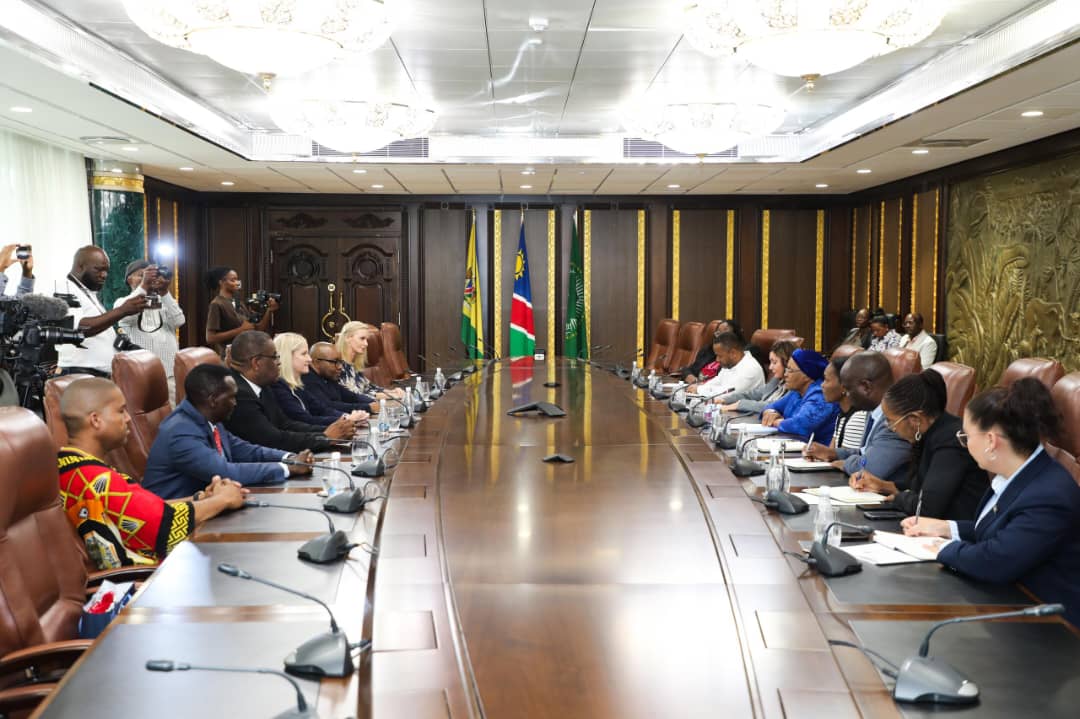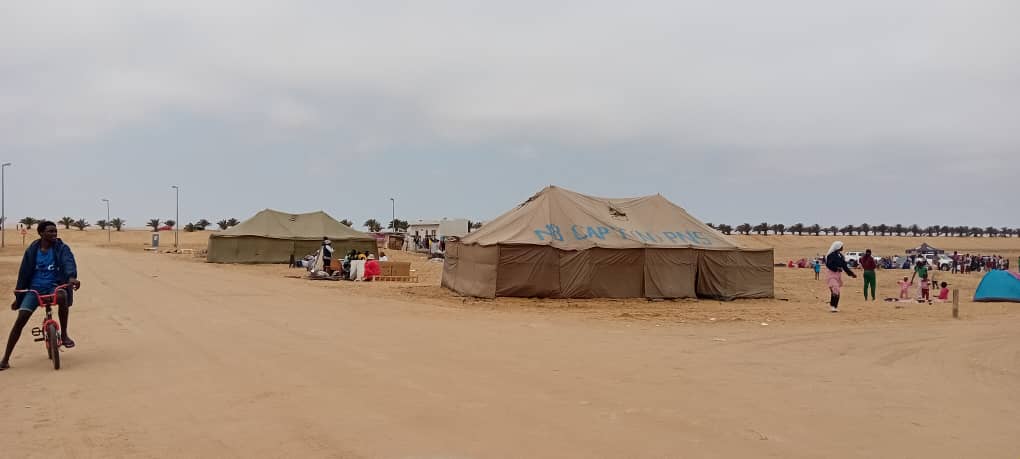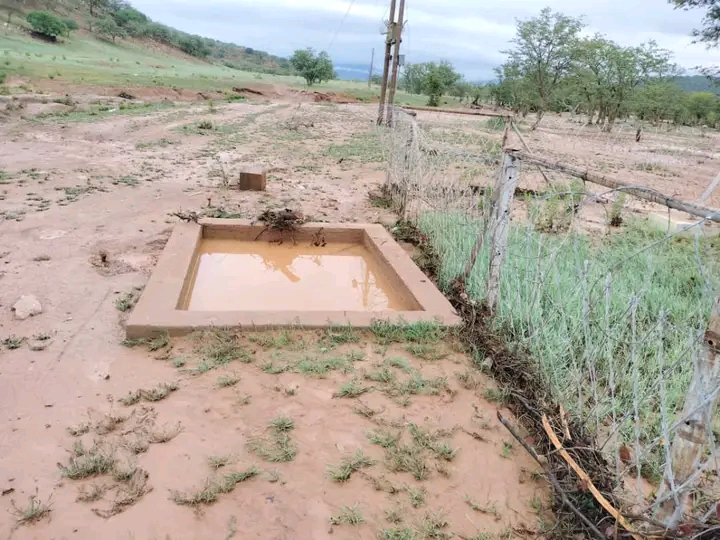This week we look at how you should be completing schedule 19A of your tax return (either the blue or yellow one).
You will see that schedule 19A requires you to disclose the make and model of the car you use for work/business purposes. The cost of the car is deductible in 3 equal instalments starting in the year that you purchased the car.After 3 years you are not entitled to claim a deduction for the cost of buying the car from your allowance.You should take note that the cost to buy the car no longer includes the finance charges of a financing agreement that you entered into when buying the car.You should therefore only use the cash cost including value-added tax (if you are not allowed to claim the value-added tax back) as the base cost that is written off over three years.Although schedule 19A does not allow for the deduction of financing charges specifically, I suggest you record in the line currently called “Rental/lease payments” the finance charges paid for the year because you are entitled to deduct the interest paid as and when it is paid to the bank from your car allowance.Running costs such as fuel, tyres, repairs, insurance and licence fees must also be recorded in the appropriate line of schedule 19A of the blue tax form.The running costs are then added together with the finance charges paid for the year to get to a total that must then be multiplied by the ratio of business kilometres to total kilometres travelled during the tax year (from 1 March to 28/29 February the next year).To have the required information at hand, you must record the odometer reading of your car at the end of February each year and the reading on 1 March the previous year in schedule 19A.The difference between the two readings will be the total distance you have travelled for the tax year.The logbook (see note 24 on page 11) that you have kept for the year must then support your claim for the business kilometres for the year.The ratio of business kilometres to total kilometres is then multiplied with the total running costs for the year and one third of cost of the car to determine how much expenditure is deductible from the travel allowance your employer has paid to you during the tax year.The deductible travelling expense amount calculated is limited to the amount of the allowance paid to you by the employer.You should remember that the Receiver of Revenue regards travelling from home to work and back as private travel and this travel must therefore be included in your private travel distance when completing your logbook.You should keep an accurate logbook throughout the tax year and not conjure something up at the time when you complete your tax return – remember the 13th commandment that applies in this case – “Thou shall not be caught”! In this series of articles, Cameron Kotze the Tax Partner at Ernst and Young discusses some topical tax issues for our readers.Should readers have queries, they are invited to send them to cameron.kotze@za.ey.com.The cost of the car is deductible in 3 equal instalments starting in the year that you purchased the car.After 3 years you are not entitled to claim a deduction for the cost of buying the car from your allowance.You should take note that the cost to buy the car no longer includes the finance charges of a financing agreement that you entered into when buying the car.You should therefore only use the cash cost including value-added tax (if you are not allowed to claim the value-added tax back) as the base cost that is written off over three years.Although schedule 19A does not allow for the deduction of financing charges specifically, I suggest you record in the line currently called “Rental/lease payments” the finance charges paid for the year because you are entitled to deduct the interest paid as and when it is paid to the bank from your car allowance.Running costs such as fuel, tyres, repairs, insurance and licence fees must also be recorded in the appropriate line of schedule 19A of the blue tax form.The running costs are then added together with the finance charges paid for the year to get to a total that must then be multiplied by the ratio of business kilometres to total kilometres travelled during the tax year (from 1 March to 28/29 February the next year).To have the required information at hand, you must record the odometer reading of your car at the end of February each year and the reading on 1 March the previous year in schedule 19A.The difference between the two readings will be the total distance you have travelled for the tax year.The logbook (see note 24 on page 11) that you have kept for the year must then support your claim for the business kilometres for the year.The ratio of business kilometres to total kilometres is then multiplied with the total running costs for the year and one third of cost of the car to determine how much expenditure is deductible from the travel allowance your employer has paid to you during the tax year.The deductible travelling expense amount calculated is limited to the amount of the allowance paid to you by the employer.You should remember that the Receiver of Revenue regards travelling from home to work and back as private travel and this travel must therefore be included in your private travel distance when completing your logbook.You should keep an accurate logbook throughout the tax year and not conjure something up at the time when you complete your tax return – remember the 13th commandment that applies in this case – “Thou shall not be caught”! In this series of articles, Cameron Kotze the Tax Partner at Ernst and Young discusses some topical tax issues for our readers.Should readers have queries, they are invited to send them to cameron.kotze@za.ey.com.
Stay informed with The Namibian – your source for credible journalism. Get in-depth reporting and opinions for
only N$85 a month. Invest in journalism, invest in democracy –
Subscribe Now!










